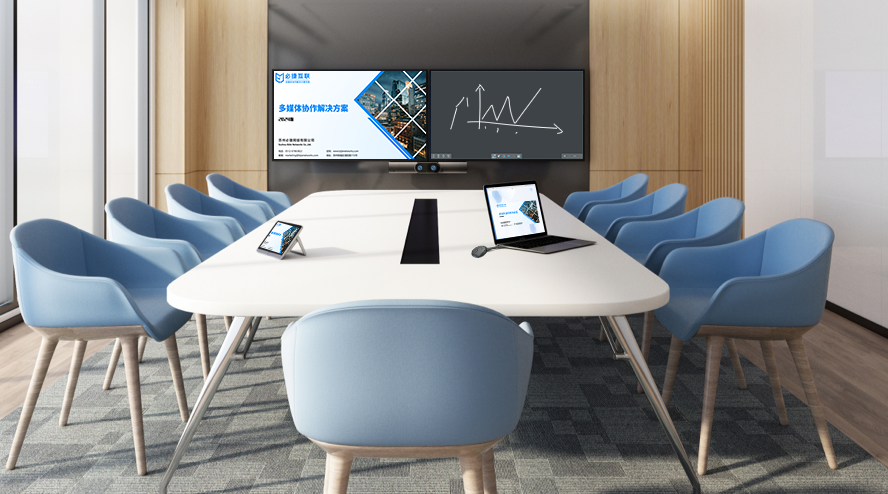DLNA Is Not Outdated: Its Unique Value and Applications in the Wireless Screen Mirroring Ecosystem
When wireless screen mirroring has almost become synonymous with “screen mirroring,” we can’t help but ask: Is DLNA, this established protocol, already outdated? The answer is no—it still has distinct advantages in specific scenarios.
1. Core Advantages of DLNA: Focus and Efficiency
- Focus on Media Playback: DLNA was originally designed for sharing and playing local media files (videos, images, music). It excels at this task with high efficiency.
- Phone Liberation: After using DLNA to cast a video, you can turn off your phone screen or use the phone for other tasks without interrupting TV playback. This is highly power-saving for the phone.
- Simple Operation: You can directly tap the cast icon in video/music apps to start casting, no need to switch to system settings.
2. Typical Application Scenarios of DLNA
- Home Audio-Visual Center: For home theater enthusiasts, it’s a common practice to cast high-definition movies downloaded on mobile phones or NAS (Network Attached Storage) to TVs via DLNA for playback.
- Background Music System: Cast music playlists from your phone to DLNA-supported wireless speakers to build a home background music system.
- Digital Photo Album: During family gatherings, use DLNA to play group photos and travel pictures from your phone on the TV in slideshow mode, creating a warm atmosphere.
3. Complementary Relationship Between DLNA and Screen Mirroring
DLNA and screen mirroring are not mutually exclusive—they complement each other.
- Need to cast movies/music? Use DLNA for a better experience.
- Need to present PPTs or operate apps? Use screen mirroring.
In today’s fast-evolving wireless screen mirroring technology, understanding and making good use of DLNA, this classic protocol, can make your digital life more convenient and smooth.
